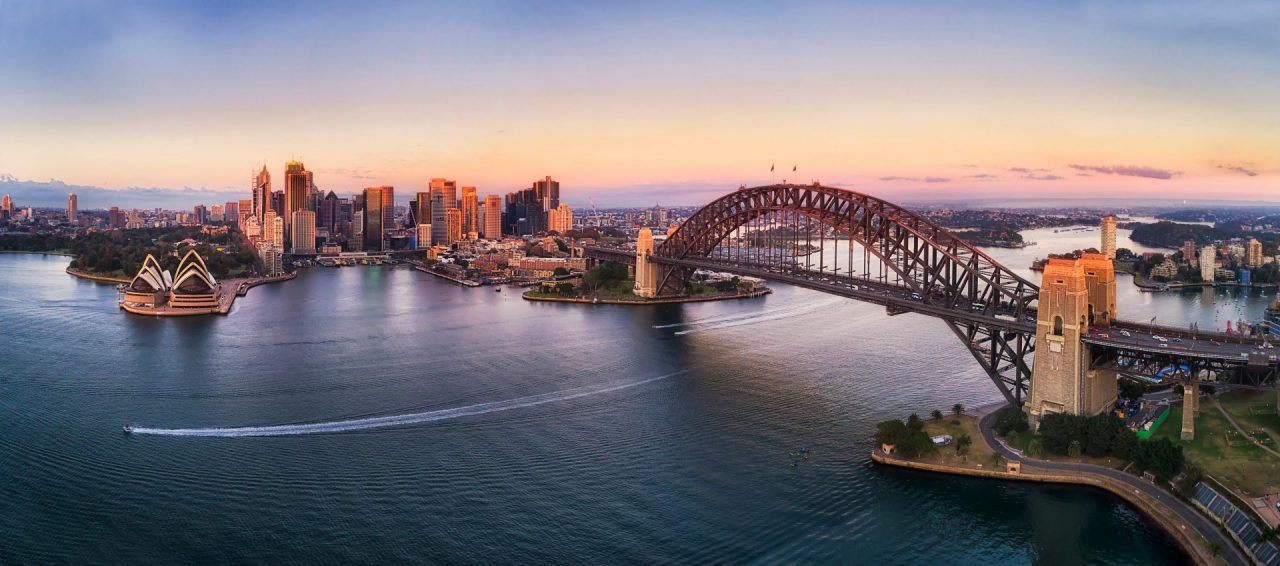Traveling on the Byron Bay Train, which runs along the coast of Byron County, a small town in New South Wales, Australia, can create strange sensations for the average passenger.
On one hand, the train has a vintage feel: cars built in 1949, rounded locomotives of yesteryear: burgundy leather-upholstered seats, and white frames surrounding its windows. On the other hand, its spirit is thoroughly innovative and sustainability-oriented.
The Byron Bay Train is the first train in the world to be powered by a 4.6 billion-year-old energy source. Solar power moves the locomotive along, reducing all air pollution to zero.
The “green” train runs for three kilometers (about 1.86 miles) between the town center of Byron and the smaller precincts of North Beach and Byron Arts Estate. Its route takes just ten minutes one-way, or 25 round-trip, when factoring in the return from North Beach station. Inaugurated in 2017, the train remains a global anomaly as the only railway line powered entirely by solar energy. It relies on a combination of sustainable and infrastructural functionality that has become the preferred means of transport for commuters along the Australian coast in a short amount of time.
The upgrade of an old line of the Bryon Bay Train
Finding a seat on the Byron Bay Train is no easy task. The 92 available seats across its two cars are almost always occupied by travelers moving between opposite ends of the coast, clinging to the windows that overlook the cliffs of New South Wales. (A limited number of passengers can catch a standing-room-only spot on a crowded ride). In just the first 19 days of the train’s operation, 10,000 passengers came aboard; by the end of the first year, that number rose to 100,000.
This sustainable train has become key to regional transport. But above all, it’s notable because it comes from a valuable upgrade on an old and long-neglected railway line.
The series-661 locomotive that pulls the cars was built in 1949. In 1973, a mechanical upgrade was put in place by General Motors of Detroit, and the locomotive was renamed 661/761. That engine remained out of operation from 1995 until 2015, when work began on a complete, sustainability-focused redevelopment of the structure.
The Byron Bay Railroad Company, the Australian non-profit organization managing the railway, launched a restoration of the 3km (1.68 mile) route, which also comprises a bridge. The project earned the 2018 Rail Sustainability Award, given by the Australasian Rail Association.
Twenty three percent of the energy generated from solar panels on the train shed roof is directed into on-board batteries, powering the train, along with power from the solar panels positioned on the roof of the train cars. The remaining 77% of generated energy is directed into the grid to power the local community. This process is overseen by the green energy provider Enova.
Today, the train runs entirely on solar power, though it is equipped with a backup diesel engine in case of emergency. Despite this, the train can go up to 115 km/h (71 miles per hour), though the average cruising speed does not exceed 50 km/h (31 miles per hour).
Australia aims for more sustainable transport
The Byron Bay Train is such a unique case that the company overseeing the line has had to start offering night journeys to satisfy traveler demand. Many of the passengers are tourists from far away who come just to experience a sun-powered train ride.
This isn’t just good luck. It’s part of a broader Australian strategy of developing more sustainable infrastructure, particularly in the mobility sector.
For the year 2020-2021, the federal government approved a budget of AU$110 billion (US$82 billion) to be spent over the next decade on strategic projects across the country. These projects are expected to create at least 100,000 jobs. Transport infrastructure, in particular, is central to the government’s plans; New South Wales, the Byron Bay Train’s home state, will receive the largest share of funds in that category (US$2 billion). Funds will be used to create new subway lines or light rail, as was done in Sydney and Perth, where the Webuild Group participated in creating essential transport works for urban regeneration.


